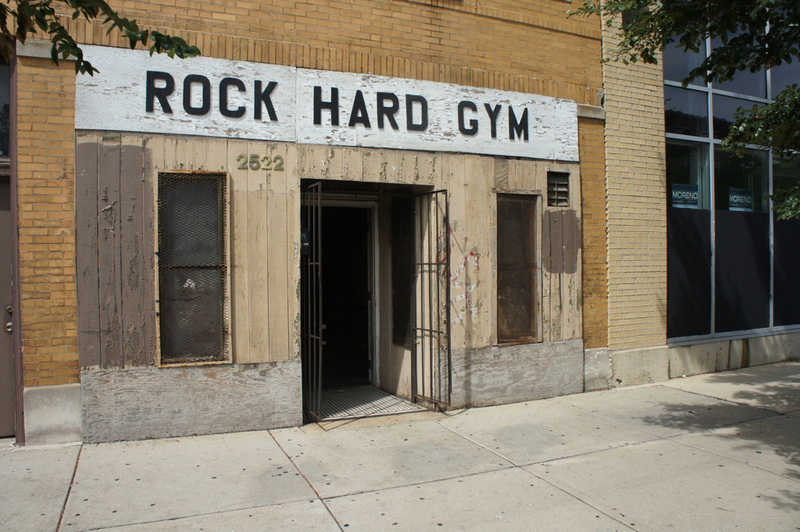Strictly speaking, nobody needs a gym. There are tons of ways to exercise using nothing but your body and some space to move that body in. Add in something to hang from (a pullup bar, a jungle gym, etc). and you can get incredibly fit in your own home or backyard. Home workouts are also cheaper, more private, and more convenient for a lot of people.
That being said, gyms make a lot of sense for a number of reasons: they’re an environment where only exercise happens (as opposed to your bedroom, where there’s a bed just waiting for you), they have standardized equipment (which makes tracking your progress easier), and they provide a bit of variety in equipment which can make things more fun (if you’re working out at home, you’re going to be doing a lot of the same movements over and over).
Pick whichever is best for your needs; but if you’re in doubt, join a gym. And when you do, these are the most important questions to ask, in order, to see if it’s going to be a good one:
1. Does it have barbells and a squat rack?
It’s no secret that we recommend a least some work with barbells to most people — they’re a highly efficient and effective form of resistance training. But even if you’re not going to use them, places with ample barbells and squat racks tend to be geared towards people who are serious about their health and aren’t just at the gym so they can tell twitter they went to the gym. This is a good thing.
2. Is it convenient?
Convenient can mean different things, but the key question is really: is it harder to not go than it is to go? In the past, I joined a gym that was twice the price of another one a quarter mile away, because I literally had to walk past the first one on my way home and the second one was a quarter of a mile out of the way. For bonus points, you can usually rent a locker at the gym for an extra $10ish. That way, you can keep your clothes and shoes there and all you have to do is show up instead of dragging a gym bag to work.
3. Is it reasonably priced?
Join a gym you can afford, but not necessarily the cheapest one you can find. Price is only one factor of many important ones, and if you pick a gym that’s three miles out of the way or one that is missing crucial equipment to save $5 a month, you’re not going to be saving any money in the long run. The distance means you’re not going to go as often (or at all) and the lack of equipment means you won’t get as good of a workout when you’re there.
It helps to think about the cost on a per-workout basis. As an example: when winter is in full swing here in Chicago, if I couldn’t literally walk ten feet from the train to my gym, I would go probably half as often. And if I’m going half as often, I’m spending twice as much per session.
Really, that’s it. It can be fancy or it can be bare-bones; as long as it’s convenient, correctly equipped, and in your price range, it’ll do the job. And if you end up with a gym that looks like this, more power to you:

Because truthfully, gyms like that are often the best—as long as they keep their equipment in good shape. People don’t go to weird, beat-up gyms so they can take a selfie next to the elliptical and put it on Instagram; they go to do their work and go home.
So go find your new gym, and get to work.